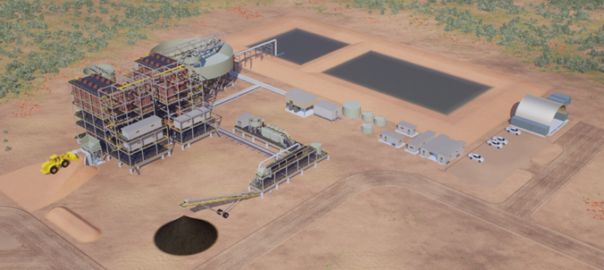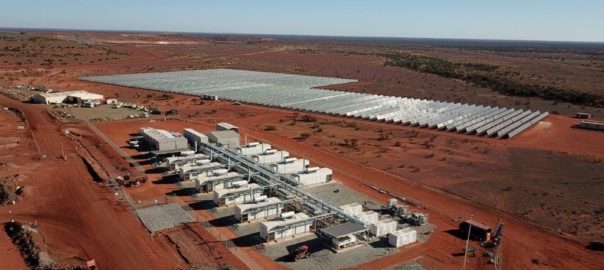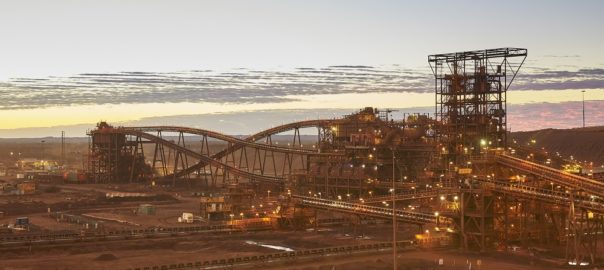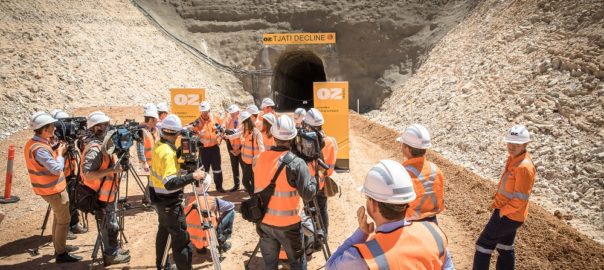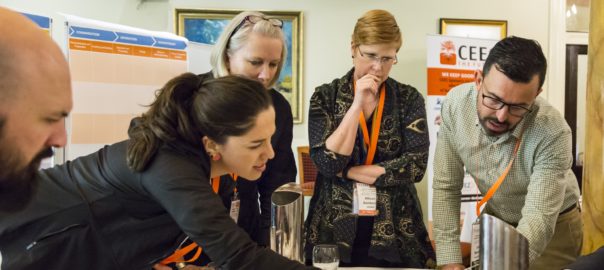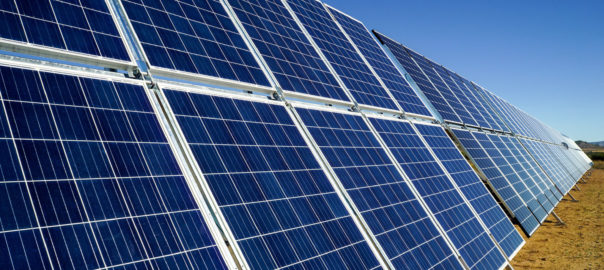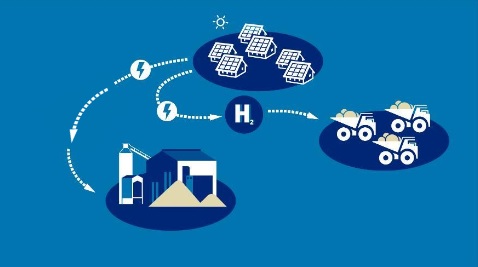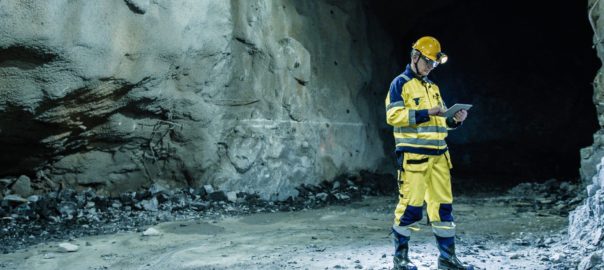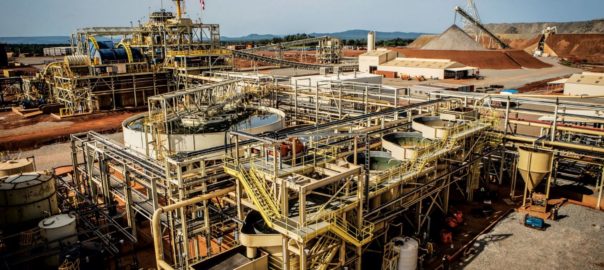Strandline Resources has selected Woodside and EDL to provide a fully integrated energy solution for its Coburn mineral sands project, in Western Australia.
The parties have signed a non-binding proposal for the development of a 27 MW integrated trucked LNG, storage and power station facility, comprising gas and diesel back-up generators combined with state-of-the-art solar and battery technology, it said.
The Woodside and EDL joint venture (WEJV) was formed to provide clean, reliable and affordable LNG to market, according to Strandline.
“This world-first trucked LNG to hybrid renewable microgrid project will see EDL bring its turnkey expertise to the project’s power station and LNG storage and re-gasification facilities, with LNG supplied from Woodside’s Pluto LNG truck loading facility near Karratha, Western Australia,” Strandline said.
It is expected that contract documentation, in the form of a 15-year power purchase agreement, will be finalised over the coming months in readiness for the commencement of construction, Strandline said.
The WEJV solution provides Strandline with a long-term safe, reliable and highly efficient energy solution for Coburn, according to the developer.
EDL was recently involved in the start up of phase one of a hybrid power project at Gold Fields’ Agnew gold mine, also in Western Australia (pictured).
Coburn, meanwhile, is a mineral sands deposit hosting “exceptional” zircon and titanium mineral sands products, Strandline says. The project benefits from being situated in the well-established mining jurisdiction of Western Australia, close to key road, port and services infrastructure.
The company recently completed a definitive feasibility study on Coburn, which showed the project could generate a pre-tax net present value of A$551 million ($377 million) using a US$:A$ of 0.72, an 8% discount rate, and development capital of A$207 million for the heavy mineral concentrate produce case, with an additional A$50 million required for the final products case (including mineral separation plant infrastructure).







